Bird-watching 101: How to Identify Birds
Updated: Apr. 08, 2022
Knowing a few simple tricks can make it much easier for you to identify birds. Get helpful birding ID tips from an expert.
Our editors and experts handpick every product we feature. We may earn a commission from your purchases.
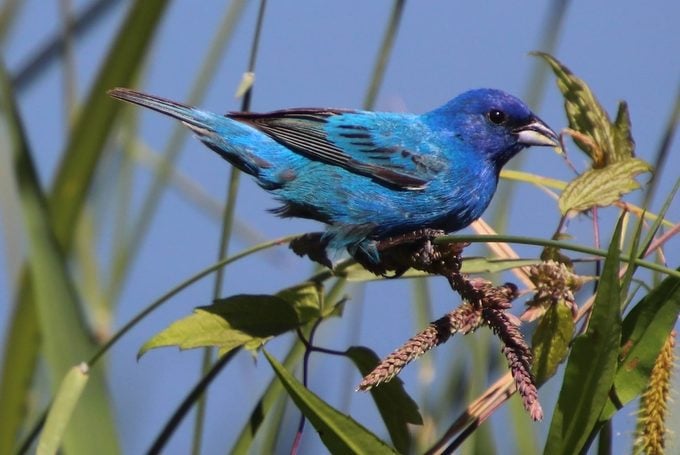
“Look at that beautiful bird! And what a lovely song. I wonder what it is?” Experienced bird-watchers can identify birds 30 or even 50 feet away by looking for certain clues. The process is not magic. It is simply a skill that you learn with practice. Learning to identify birds is like putting together a puzzle or solving a mystery. Each species is unique, and often the sexes differ in appearance, which may require additional clues. Patience and practice will help, and the best place to start is your own backyard.
Start with the right tools. Every birder needs a good field guide, and there are a lot of options out there. I prefer The Sibley Guide to Birds, The National Audubon Society Guide to North American Birds, and The Peterson Field Guides to the Birds of North America. Here at Birds & Blooms, visit our Bird Species pages to learn about dozens of species you might find in your backyard. You can also find numerous other useful websites, like The Cornell Lab of Ornithology’s All About Birds, which shows hundreds of North American birds along with their songs, habitats, ranges and other valuable information. There are even birding apps for iPhones and other mobile devices that give the same clues, complete with recordings of the bird’s call. A good pair of binoculars is also helpful.
Now that you’re armed with the right tools, it’s time to start practicing. Here are some simple steps toward identifying birds.
How to Identify Birds
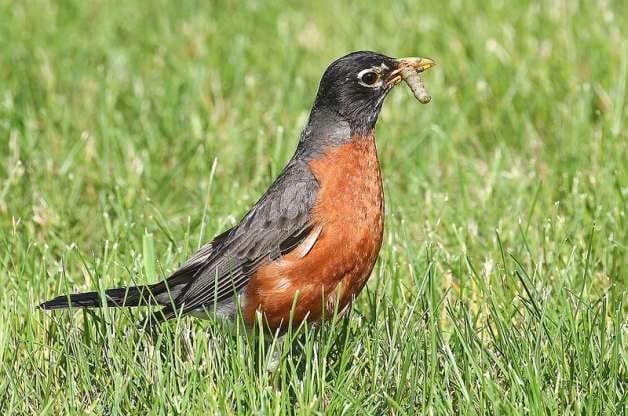
The clues to identifying any bird are basically the same: shape, size, coloring, unique field marks (wing bars, white outer tail feathers, eye lines), behavior, habitat, voice and geographic location. For backyard birds, start by comparing the visitor to an American robin, which nearly everyone knows. Then look at a field guide or online to discover where the clues lead.
Here’s an example:
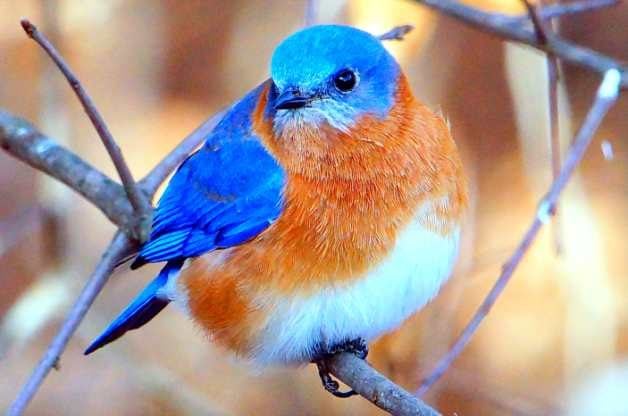
- Coloring and field marks: Like a robin, it has a brick-red breast, but unlike a robin, it has a brilliant blue back, head and tail. It is white under its tail.
- Shape and size: The bird you are looking at is smaller than a robin, about the size of a sparrow.
- Behavior: It spends its time off the ground, sitting quietly on a fence post or a utility wire.
- Habitat: The bird seems to like being around open fields and grasslands, away from wooded areas.
- Voice: It has a quiet and melodious chur-lee call.
- Season and range: It’s May, and the bird is on a farm in Pennsylvania.
With these observations, you can determine that the only bird of this size that has a red breast and a blue back and sings a cheerful song on a Pennsylvania farm in May is a male eastern bluebird.
Seasonal Differences
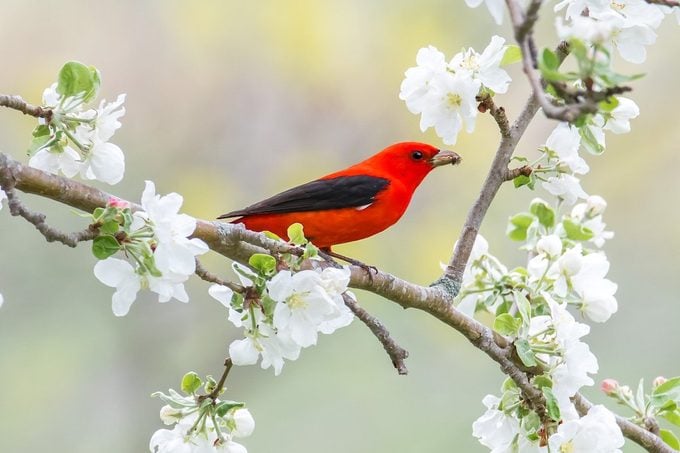
During the fall migration south by our summer birds, most warblers and many others lose their brilliant breeding plumage and take on a dull winter garb, so you’ll need other clues. A scarlet tanager male in fall, for example, is no longer a red bird with black wings but a yellow bird with black wings. And a male indigo bunting trades its brilliant blue plumage for the mottled blue and brown of autumn. Be sure to make note of the season and check your guide book for seasonal variations.
Identify Birds Quiz
Now that you’ve got the idea, here’s a chance to test your skills. See if you can use these clues to determine this bird ID.
- Shape and size: The bird you are looking at is smaller than a robin, even smaller than a sparrow, almost tiny, with a cocked tail.
- Coloring and field marks: It is brown overall, lighter below and almost chestnut above.
- Behavior: A noisy little fussbudget, it flits here and there on the ground or in low trees, searching for insects.
- Habitat: It seems to like backyards, especially with small trees and shrubs.
- Voice: A loud, chattering song that sounds like a sewing machine, repeated over and over.
- Season and range: This is June, and the bird is in a Wisconsin backyard with apple trees, shrubs and a flower garden.
Scroll down below the photo to see the answer.
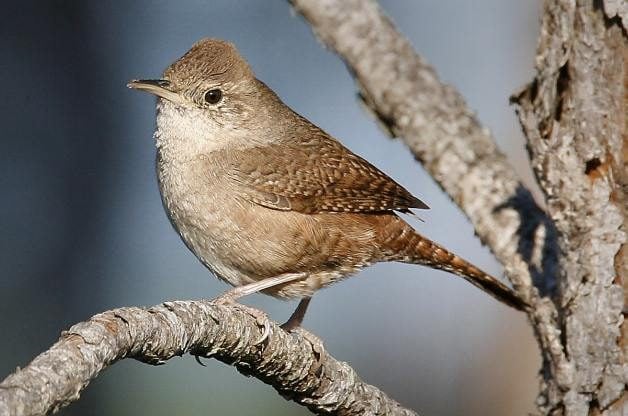
Did you figure it out? The answer is house wren. If you didn’t get it, don’t worry. Bird identification takes practice with both observation and your field guides. The more time you spend practicing, the easier it will get!
Next, check out the bird-watching equipment and gear you never knew you needed.
